Snow, rubber gloves, lubricant gel... and moments of wonder and joy: The reality of lambing in winter
John Lewis-Stempel's dispatches from lambing season focus on the early March snows which made a tough job into an battle.

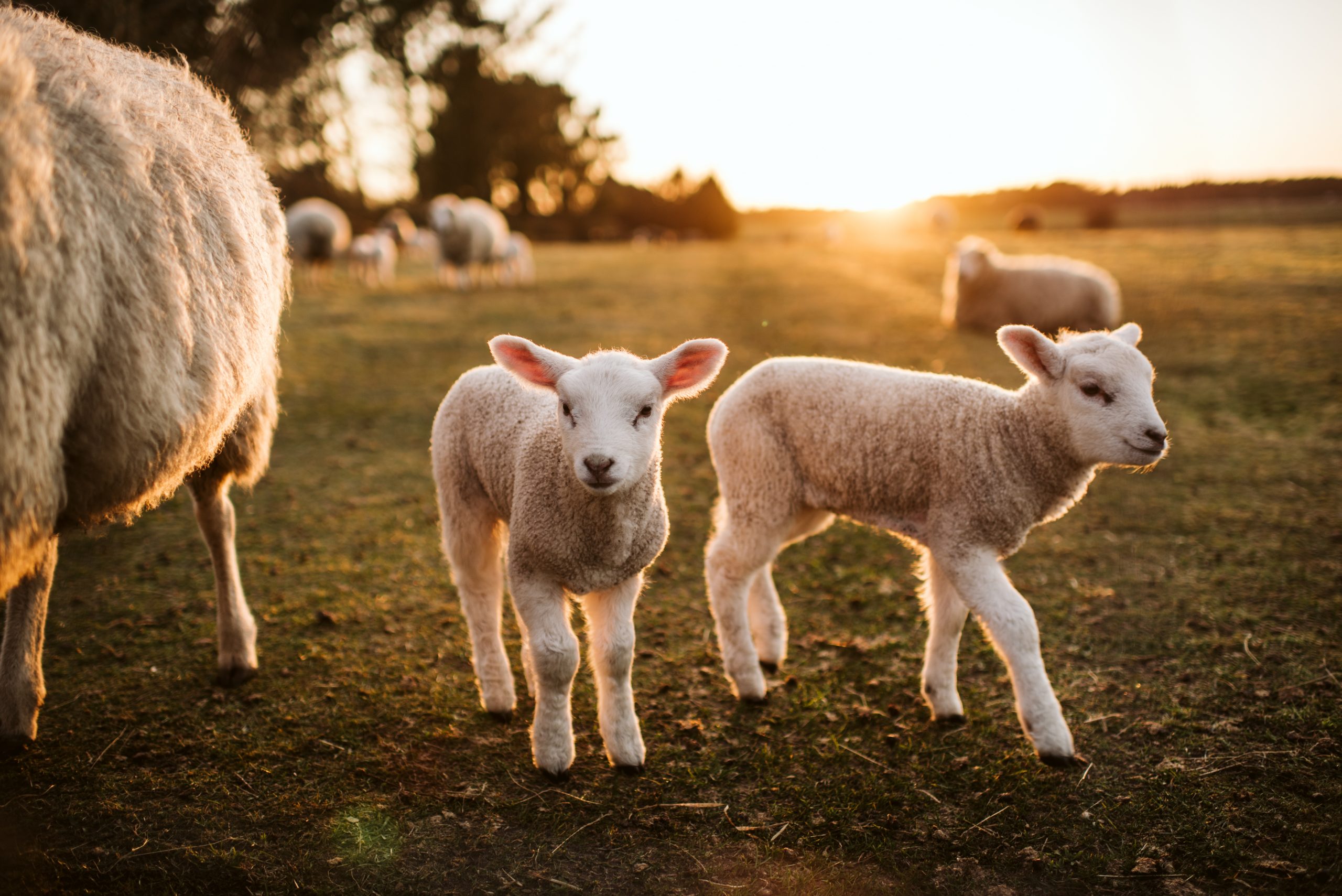
Snow, and the sort of snow that denies physics. Snow that falls, but only to swoop up to collect under the chin, under the brim of a cap. Snow, and the sort of snow that confirms meteorology. Snow that turns the blue air of a March, spring-promising morning white.
People wish for snow at Christmas, but, in my lifetime, there have been more pale Easters than white Noëls. So, no change there for English country folk. In 1820, John Clare observed in The Shepherd’s Calendar: ‘March month of “many weathers” wildly comes/ In hail and snow and rain and threatning hums.’
In the UK, according to the Met Office, snow or sleet falls on average 3.9 days in December and 4.2 days in March. The Great Blizzard of 1891 came on March 9 and caused drifts 20ft high in the West Country. March’s snow is harsh and hissing. Unsoft. Cruel. The lexicon of the Esquimaux contains 50 finely graded words for snow. I have only one word for this day’s English snow and it’s unprintable.
"Counting sheep is only easy in bed. In a domey, tussocky field in hill country, in snow, with white-and-black sheep keeping a wary distance, it’s testing"
Between the hurls of false blossom, a landscape glimpsed. Below me, old, gnarly apple orchards of the sort you get in Herefordshire, and the dull pencil line of the Wye. Horizontally, across my sight, a flint arrowhead flies — a kestrel on some pitiless raptorial mission.
And yet this is winter’s last grasp of the talons. The signs of spring cannot be obliterated. Yesterday, a peacock butterfly batted about the ivied copse, in the same bemused way tourists wander Inca ruins in the jungle. The peacock was joined in the dancing air by a brimstone, as bright yellow as butter, and the reason that lepidoptera are called ‘butterflies’. A woodpecker drum-med somewhere across the valley with pure joie de vivre and on the garden path were earthworms, lost and mapless in their spring dispersal. Primroses burst on the bank, scenting the sweet scene and, above them, on the very tip of the oak’s scaffold, the song thrush sings its sex-song, cocky and crooney, ‘get-up-get-up-get-up; come-along-runalong’.
The folk saying goes: ‘You can count spring when you can cover five daisies with your shoes.’ My wellington boot covered six daisies on the lawn this morning. The signs of spring are irrefutable down on the farm, as well as in Nature. There is earth on the plough blades, from the drilling of barley. The haystack in the barn has had the heart eaten out of it. And there are lambs about.
My friend said: ‘I’ve got a wedding. Could you pop in and check the sheep around lunchtime? Should all be okay, we’re not due to begin lambing till next week...’ The ellipsis was eloquent.
Exquisite houses, the beauty of Nature, and how to get the most from your life, straight to your inbox.
My friend has 20 Jacob sheep, piebald and primitive. Parkland sheep that bring a bit of class with them, as well as making a bit of money.
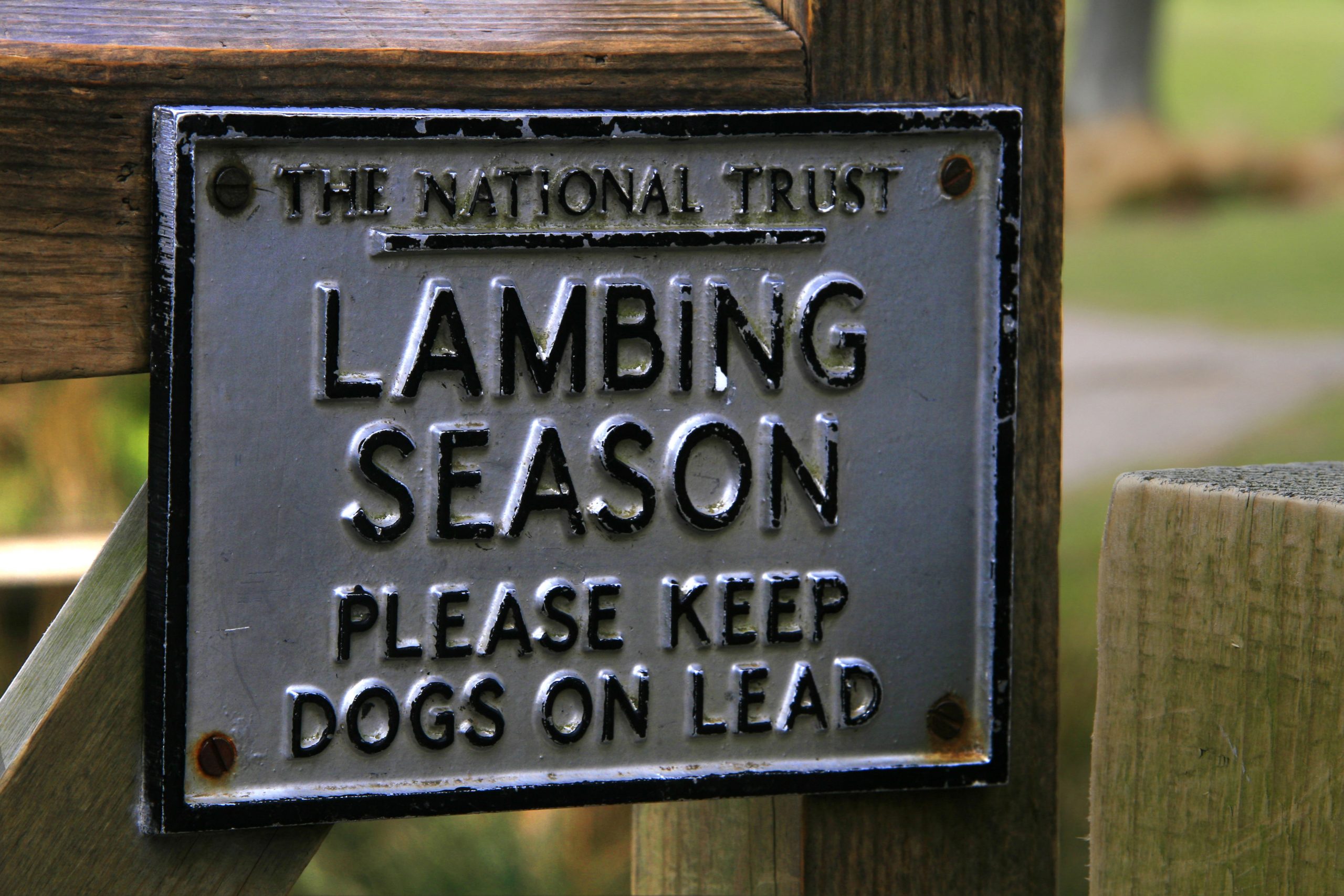
Counting sheep is only easy in bed. In a domey, tussocky field in hill country, in snow, with white-and-black sheep keeping a wary distance, it’s testing. I count 19 sheep. Then 20. Then 19 again. Occasionally, the sheep shake the snow from their fleeces and blur.
The ram, four-horned and magnificent, moves to put himself pridefully and protectively between me and the flock. With his snowbeard, he could pass as a patriarch from the Old Testament. Which, in a way he is. According to the Book of Genesis, Jacob took ‘every speckled and spotted sheep’ from his father-in-law, Laban. Hence ‘Jacobs’. Gene science backs the Bible; Jacob sheep display a homogenous R2 retrotype different from the other British ovine populations and akin to Asiatic and African breeds.
How the cloven hooves of Jacob sheep came to walk on England’s pleasant pastures green is a mystery. Truly, God only knows.
A Jacob ram in flock-guard mode is to be treated with respect. This I do know, because we used to keep Jacobs and dear Ramses once smashed two fingers in my hand with one butt of his head. I back off and count the flock once more. Nineteen. I find the missing ewe down the bank, in a shallow hull of a ditch, where a hedge used to be. She is prone; at her head a crown of roots from an upturned hawthorn. There is snow on her flank and a gargoyle protruding from under her tail.
Jacobs usually birth with ease, but in every flock There Is One. The ewe is young, a first-timer, and in her eye there is fear when she raises her head to look at me. Something else, too: that special helplessness and innocence of sheep that make them a Christian symbol. Agnus dei: the Lamb of God.
Due to my friend’s significant hesitation on the phone, I have come forearmed and have the key bits of lambing kit packed about my coat. Out with the disposable gloves and the pink lubricant gel.
"The lamb does a perceptible shake of the head. Then a snuffle. Within minutes, my little lamb is up on its ridiculous stilts. Risen"
In the slush and the urine of the snowy hollow, I lie down and push the head of the lamb back inside the ewe’s fleshy birth canal, followed gently by my fingers. (Like every cold shepherd ever, I think at this point, ‘nice and warm in here, at least’.) A relief, for me and for her: no great difficulty to sort the puzzle. The lamb’s front legs are bent under the body, rather than in the requisite dive position. Through the rusty wire fence next to us, the wind and the snow blow.
Fiddle about, align and pull. With the veterinary gel and birth slime, this is as easy as grabbing a jellied eel, but the little ewe pushes, too. A yolky alien pod is emitted.
I rub it, blow up its nose. Is the lamb alive? A tremble in its chest. I put the lamb to the mother’s head. In her, too, the will to live comes. Ewe and lamb convulse alike, electric-shock started. The ewe gets to her feet, begins licking the lamb. The lamb does a perceptible shake of the head. Then a snuffle. Within minutes, my little lamb is up on its ridiculous stilts. Risen.
I see now that the ewe had been lying against unfurled buttercups. The snow did not reach them.
Twice crowned victor of the Wainwright Prize for Nature writing, for ‘Where Poppies Blow’ and ‘Meadowland’, John Lewis-Stempel was the 2016 British Society of Magazine Editors Columnist of the Year.

Credit: Philip Bannister / Country Life
The extraordinary writing which made John Lewis-Stempel Columnist of the Year
Read three of the beautiful, evocative articles which made Country Life's John Lewis-Stempel the Columnist of the Year.

A tour of Cognac: 'There wasn't an electronic gimmick in sight – the product is still made by hand and tongue, same as it ever was'
John Lewis-Stempel visits the village of Cognac to learn how the eponymous digestif and the local wine, pineau, is made.
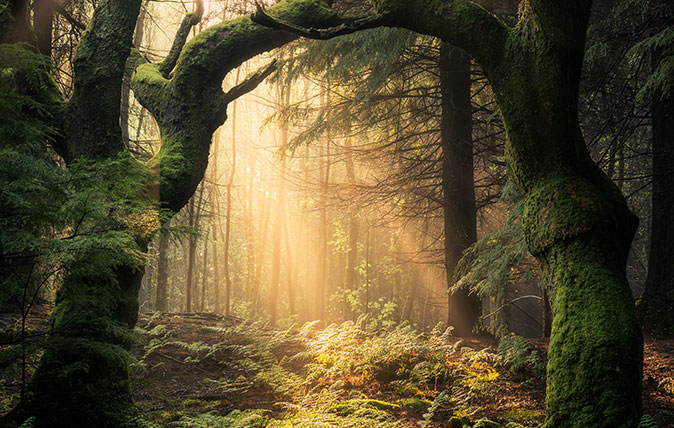
Credit: Guardians of the Forest, Llanrhychwyn, Snowdonia, Wales ©Simon Baxter / Landscape Photographer of the Year
A walk in the woods: Tranquility, beauty, and a 500,000-year-old connection to our ancestors
John Lewis-Stempel appreciates the calm tranquillity of woodland as he wanders through his own treasured Cockshutt Wood.
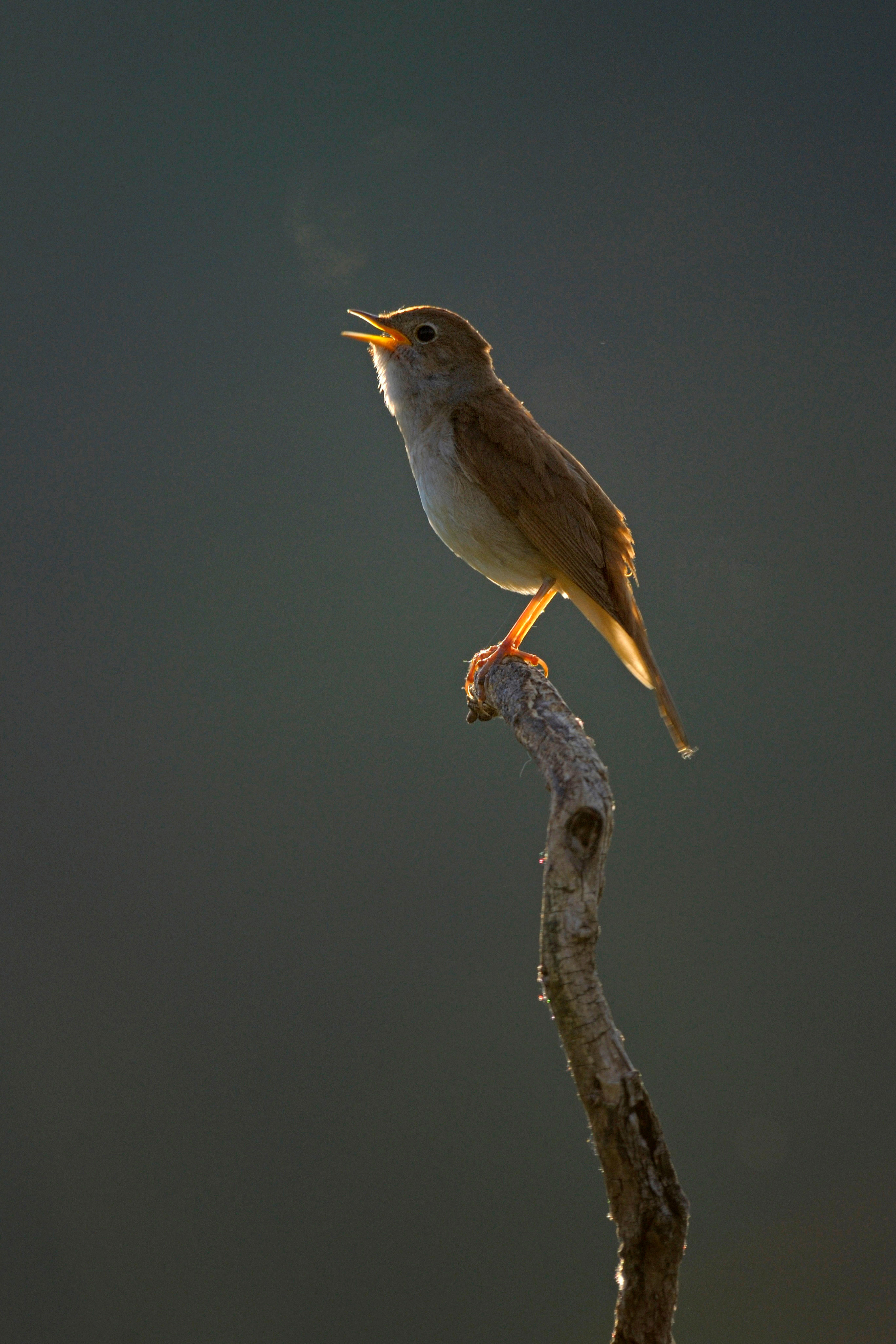
Credit: Alamy Stock Photo
In praise of nightingales: 'I’ve listened to Gregorian chants in Gothic cathedrals — but the greatest musical performance I ever heard was outside my bedroom one night'
It’s 200 years since Keats penned ‘Ode to a Nightningale’, but this otherwise drab bird’s rich, sorrowful song is worth
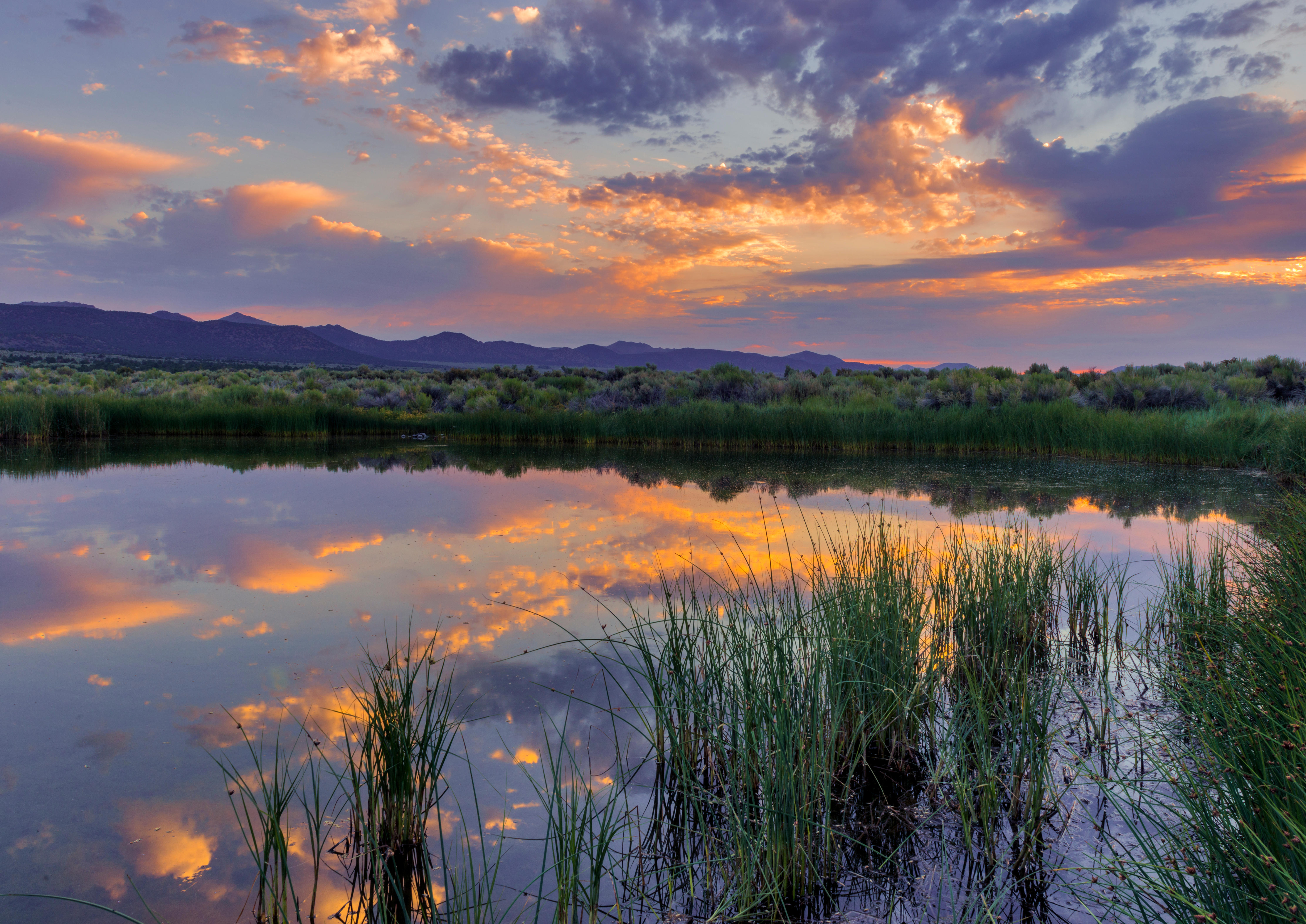
In praise of ponds, the water havens that 'teem with life as fantastic as anything in science-fiction'
A chance reading of George Orwell brought John Lewis-Stempel to the realisation that he'd neglected his own ponds. He explains
